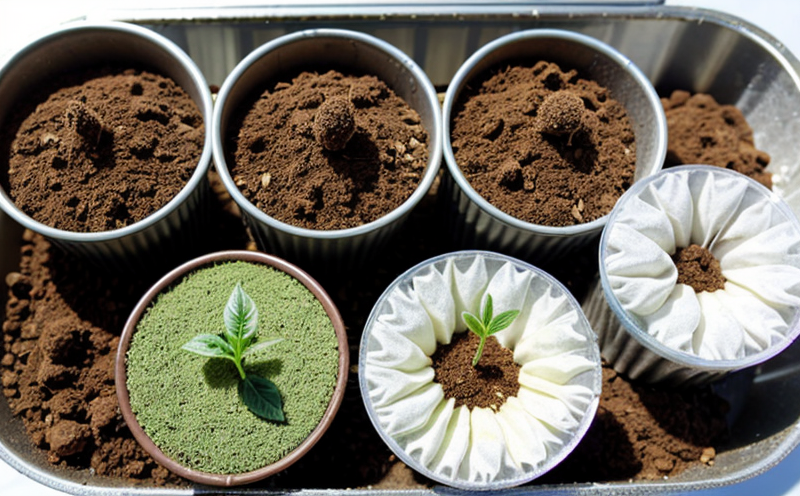Seed Color Analysis Testing
The accurate analysis of seed color is crucial in agriculture and forestry testing. Seed color can provide valuable insights into a plant's genetic makeup, health, and potential yield quality. This testing service ensures that seeds meet the required specifications for germination and growth under specific environmental conditions. The process involves detailed analysis using advanced instrumentation to quantify color attributes such as hue, saturation, and brightness.
Seed color can influence seed identification, sorting, and classification. It also plays a significant role in determining marketability and consumer preference. Proper seed quality testing is essential for ensuring that seeds are suitable for planting and will germinate successfully under the intended conditions. This service helps to ensure compliance with international standards such as ISO 3629-1:2017 and ASTM E2548.
During this analysis, seeds are subjected to a series of tests using specialized equipment that can accurately measure and compare their color characteristics against predetermined standards. These instruments use advanced algorithms to provide precise measurements that account for variations in lighting conditions and other external factors. The results of these analyses play an important role in quality control processes, helping to ensure the integrity of seed lots.
Seed color analysis testing is a critical component of agricultural research and development efforts aimed at improving crop yield and resilience. By providing accurate information about seed characteristics, this service supports informed decision-making throughout the supply chain—from breeding programs to end-users.
The importance of seed color cannot be overstated in ensuring that seeds meet the necessary requirements for successful germination and growth. Proper testing ensures consistent quality across different batches of seeds, which is essential for maintaining high standards of agricultural production.
| Applied Standards |
|---|
| ISO 3629-1:2017 |
| ASTM E2548 |
The use of these international standards guarantees that the testing process adheres to recognized best practices, ensuring accurate and reliable results.
Why It Matters
The analysis of seed color is critical in ensuring that seeds meet the necessary requirements for successful germination and growth. This testing service provides valuable insights into a plant's genetic makeup, health, and potential yield quality. Proper seed quality testing helps to ensure compliance with international standards such as ISO 3629-1:2017 and ASTM E2548.
Seed color can influence marketability and consumer preference, making it essential for maintaining high standards of agricultural production. By providing accurate information about seed characteristics, this service supports informed decision-making throughout the supply chain—from breeding programs to end-users.
Applied Standards
| International Standards |
|---|
| ISO 3629-1:2017 |
| ASTM E2548 |
The use of these international standards guarantees that the testing process adheres to recognized best practices, ensuring accurate and reliable results.
Benefits
- Ensures compliance with international standards such as ISO 3629-1:2017 and ASTM E2548.
- Provides valuable insights into a plant's genetic makeup, health, and potential yield quality.
- Informs decision-making throughout the supply chain from breeding programs to end-users.
- Aids in maintaining high standards of agricultural production by ensuring consistent seed lot quality.
Proper seed color analysis helps to ensure that seeds are suitable for planting and will germinate successfully under intended conditions. This service supports quality control processes, helping to maintain the integrity of seed lots throughout the entire supply chain.





